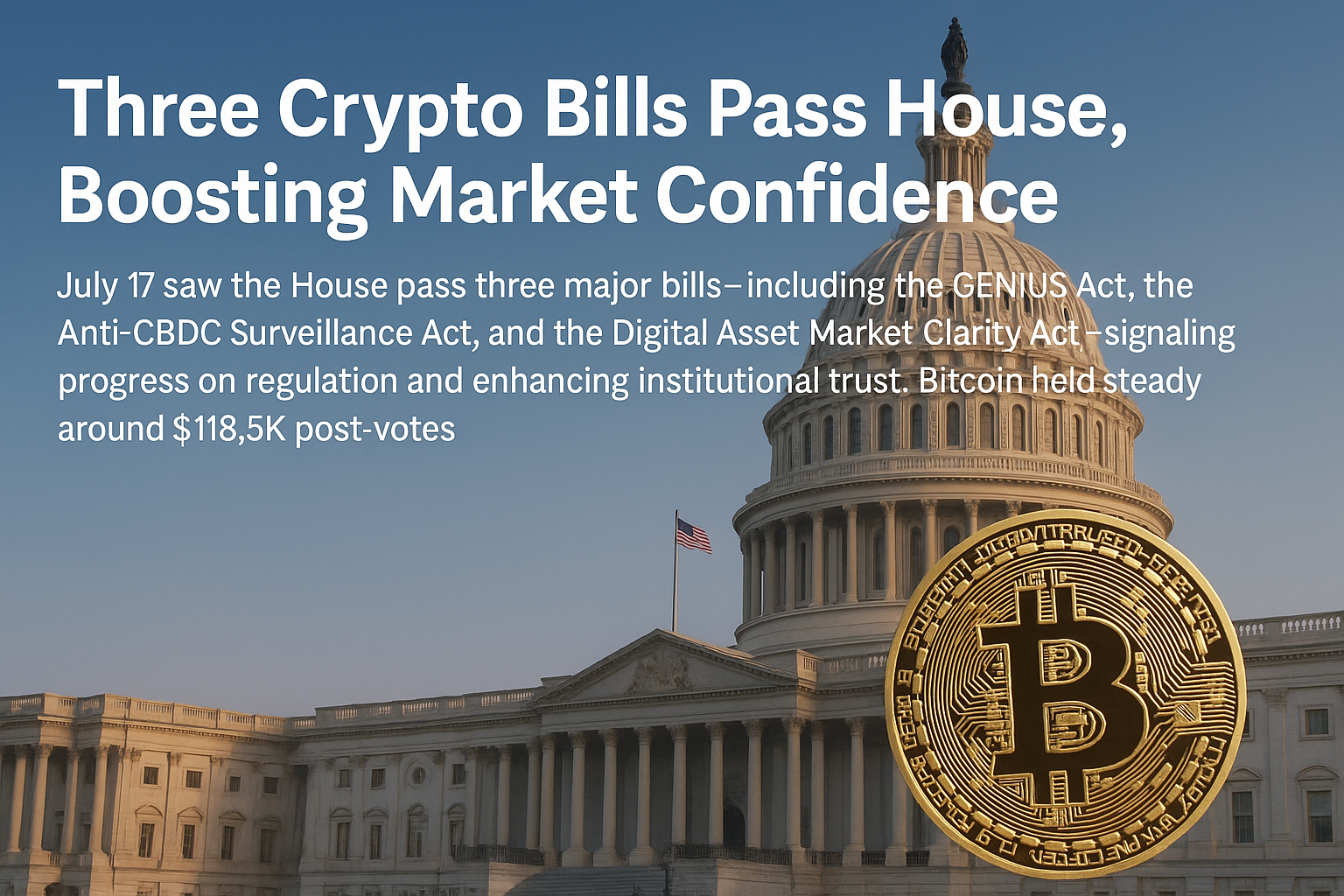Over the past decade, Digital Asset Treasury (DAT) companies have played a crucial role in stabilizing the crypto ecosystem. Acting as institutional vaults for digital reserves, they have traditionally favored Bitcoin—the oldest, most liquid, and most institutionally recognized cryptocurrency. But 2025 has introduced a surprising and controversial shift:
DAT firms are increasingly reallocating funds from Bitcoin into fringe, highly volatile altcoins.
This trend, highlighted by recent analyses from Reuters and blockchain-tracking platforms like Whale Alert, has sparked serious debate across the industry. Is this a sign of evolving market maturity—or a dangerous leap into speculative territory?
From Conservative to Aggressive: A Change in Treasury Strategy
Historically, DATs followed a very traditional mindset:
-
Hold BTC for long-term stability
-
Hedge with small positions in ETH or major blue-chip altcoins
-
Avoid illiquid or experimental tokens
But new data shows a sharp deviation. Major treasury addresses that once accumulated only Bitcoin are now buying tokens with:
-
Low market caps
-
High volatility profiles
-
Limited liquidity
-
Often minimal real-world usage
According to Whale Alert tracking, several DAT wallets have accumulated millions of dollars’ worth of niche tokens in recent months—many of which sit outside the top 100 cryptocurrencies by market cap.
Why the Shift? Key Drivers Behind the Move Toward Riskier Assets
1. Search for Higher Yields
With Bitcoin entering a slower growth phase and volatility compressing during consolidation periods, many treasuries are chasing opportunities for outsized returns. Small-cap altcoins can—at least in theory—deliver exponential gains in a short timeframe.
2. Competitive Pressure in a Crowded Market
The treasuries managing corporate or institutional crypto holdings are under pressure to outperform. As more players enter the space, some firms are willing to take bigger risks to show stronger quarterly performance.
3. Influence of Token Incentives
Several emerging blockchain networks offer treasury incentives, such as:
-
early participation bonuses
-
governance rewards
-
liquidity provision benefits
These incentives can be tempting, even if the underlying token is volatile.
4. Speculative Trends Driven by Retail Traders
Retail-driven hype cycles, especially on social platforms, often produce rapid rallies in obscure tokens. Treasuries are starting to ride these waves—sometimes dangerously late.
But at What Cost? The Growing Risk Factors
Analysts warn that this pivot toward illiquid tokens carries serious implications.
• Liquidity Risk
Some of these tokens cannot absorb large buy or sell orders. If a DAT company ever needs to exit a position quickly, it could collapse the token’s price, creating massive losses.
• Volatility Exposure
Small-cap altcoins can experience 40–60% price swings in a single day. For corporate treasuries responsible for maintaining long-term financial stability, such volatility is unprecedented.
• Reputational and Compliance Risk
Investing in unproven or speculative assets can lead to compliance headaches—especially as regulators increase scrutiny on treasury practices and AML/KYC adherence.
Market Reactions: A Mix of Excitement and Concern
The crypto community is split.
Optimists argue:
-
This is a sign of market evolution
-
Treasuries MUST diversify beyond Bitcoin
-
Supporting emerging tokens helps innovation
Skeptics warn:
-
Treasuries may be fueling mini-bubbles
-
Corporate balance sheets could suffer
-
Market manipulation could grow as large holders enter illiquid markets
Even long-term BTC advocates fear that shifting treasury demand could diminish Bitcoin’s flight-to-safety narrative.
Is This the New Normal?
Many experts predict that the trend will continue—at least in the short term—given the current appetite for high-risk, high-reward strategies. Whether this becomes a sustainable strategy or ends in a restructuring of treasury standards will depend heavily on:
-
Future altcoin performance
-
Regulatory clarity
-
Treasury governance rules
-
Market liquidity conditions
One thing is certain: 2025 marks a turning point in the behavior of Digital Asset Treasury firms. Their once-conservative playbook is being rewritten, and the consequences—positive or negative—will ripple across the broader crypto ecosystem.




